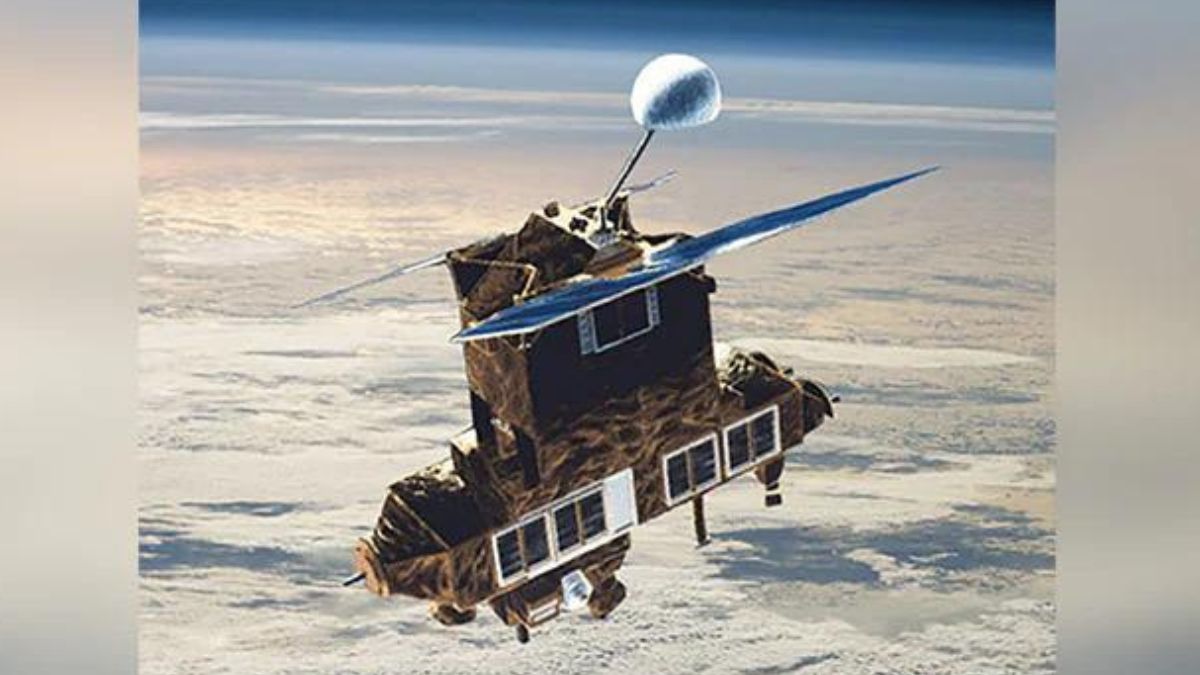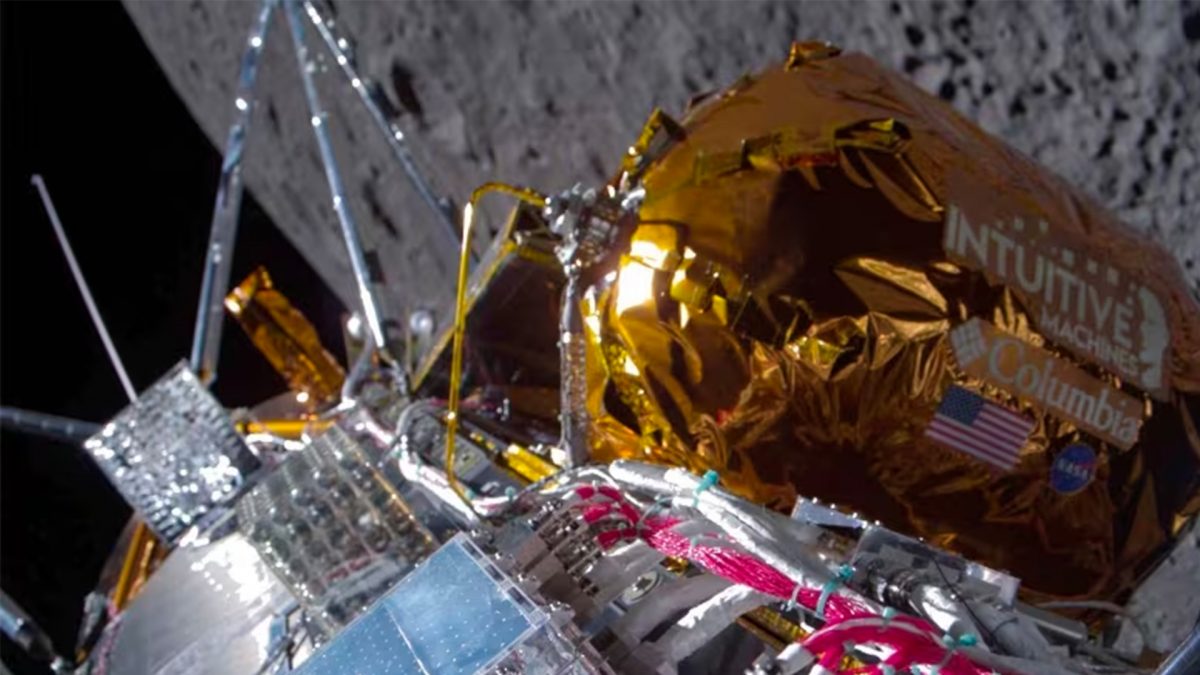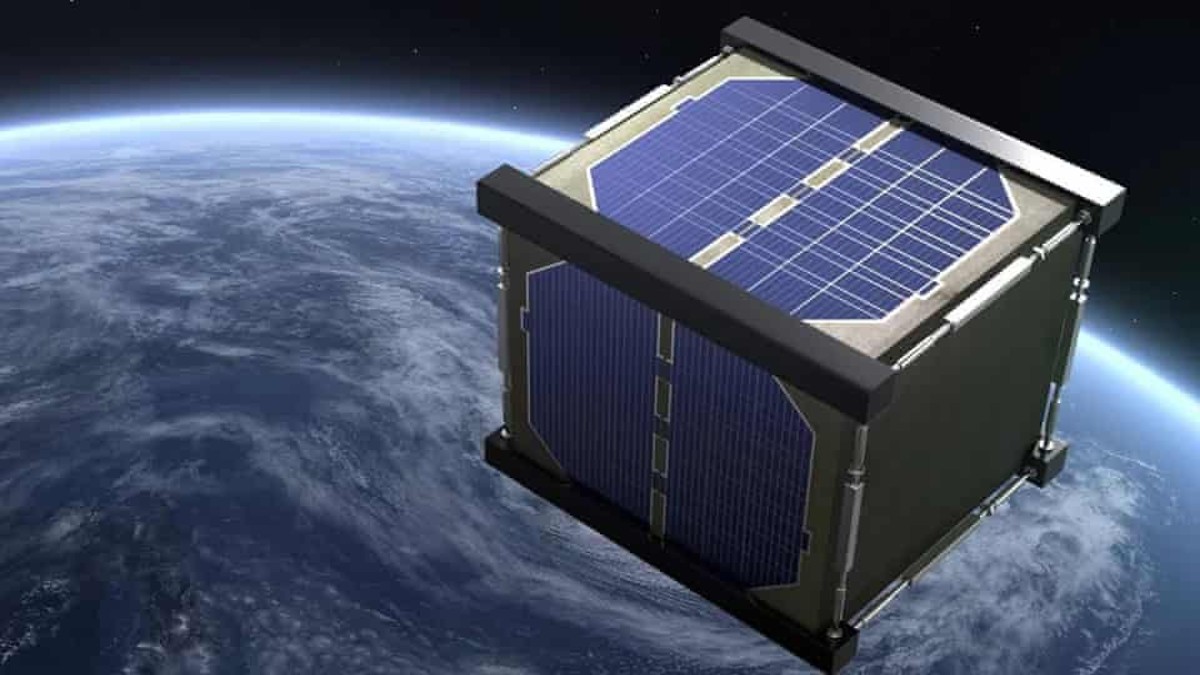It’s a historic day for space exploration. An unmanned NASA spacecraft hurtled towards an area of space which has never been explored before and which scientists have nicknamed the ‘Wild West’ of space.
The $700 million piano-sized NASA spacecraft New Horizons made its closest approach to Pluto. It will also send the most detailed images of the celestial body, which was once called a planet.
But official confirmation will not come until Tuesday night, 13 nerve-racking hours later. That’s because NASA wants New Horizons taking pictures of Pluto, its jumbo moon Charon and its four little moons during this critical time, not communicating with Earth.
“This is truly a hallmark in human history,” said John Grunsfeld, NASA’s science mission chief. The United States is now the only nation to visit every single planet in the solar system.
Inside “countdown central,” hundreds jammed together to share in the remaining final minutes, including the two children of the American astronomer who discovered Pluto in 1930, Clyde Tombaugh. The actual flight control room was empty save for a worker sweeping up; the spacecraft was preprogrammed for the flyby and there was nothing anyone could do but join in the celebration.
It takes 4½ hours for signals to travel one-way between New Horizons and flight controllers. The last time controllers heard from the spacecraft was Monday night, according to plan.
New Horizons already has beamed back the best-ever images of Pluto and big moon Charon. The pictures are “mind-boggling to put it mildly,” NASA Administrator Charles Bolden said.
The newest pictures, from the actual flyby, won’t be transmitted until well afterward so the seven science instruments can take full advantage of the encounter. In fact, it will take more than a year to get back all the data.
On 12 July, New Horizons sent images of Pluto in which a near-perfect heart shape of Pluto’s rusty red surface was seen which had never been spotted before.
Moreover, Pluto was seen dotted with bright points which could be ice caps and a mysterious dark shape nicknamed ‘The Whale’ in the images taken by New Horizons, according to PTI.
“It’s easy to imagine you’re seeing familiar shapes in this bizarre collection of light and dark features. However, it’s too early to know what these features really are,” John Spencer of the Southwest Research Institute in Boulder, Colorado, had said.
“We’re at the ‘man in the moon’ stage of viewing Pluto,” Spencer had said.
NASA released one of the images of Pluto taken by New Horizons on Twitter. It also released a simulation of the Pluto flyby.
Hello #Pluto! We’re at closest approach. Congrats to all! Follow our story & view new images using #PlutoFlyby. pic.twitter.com/8JVlJrcUkY
— NASA New Horizons (@NASANewHorizons) July 14, 2015
YES! After over 9 years & 3+ billion miles, @NASANewHorizons #PlutoFlyby was at 7:49am ET. http://t.co/Czrvonxugd pic.twitter.com/aSucgORofT
— NASA (@NASA) July 14, 2015
NASA’s New Horizons mission has also settled a decades-long debate about the size of Pluto, discovering that the dwarf planet is 2,370 kilometres in diameter, larger than many prior estimates.
The size was determined from images acquired with the Long Range Reconnaissance Imager (LORRI) aboard New Horizons spacecraft.
The result confirms what was already suspected: Pluto is larger than all other known solar system objects beyond the orbit of Neptune.
“The size of Pluto has been debated since its discovery in 1930. We are excited to finally lay this question to rest,” said mission scientist Bill McKinnon, Washington University, St Louis.
Pluto’s newly estimated size means that its density is slightly lower than previously thought, and the fraction of ice in its interior is slightly higher.
Also, the lowest layer of Pluto’s atmosphere, called the troposphere, is shallower than previously believed. Measuring Pluto’s size has been a decades-long challenge due to complicating factors from its atmosphere. Its largest moon Charon lacks a substantial atmosphere, and its diameter was easier to determine using ground-based telescopes. New Horizons observations of Charon confirm previous estimates of 1,208 km across.
LORRI has also zoomed in on two of Pluto’s smaller moons, Nix and Hydra.
“We knew from the time we designed our flyby that we would only be able to study the small moons in detail for just a few days before closest approach,” said New Horizons Principal Investigator Alan Stern of the Southwest Research Institute, Boulder, Colorado.
“Now, deep inside Pluto’s sphere of influence, that time has come,” Stern said.
Nix and Hydra were discovered using the Hubble Space Telescope in 2005. Even to Hubble, they appeared as points of light, and that’s how they looked to New Horizons until the final week of its approach to Pluto.
Now, the latest LORRI images show the two diminutive satellites not as pinpoints, but as moons seen well enough to measure their sizes.
Nix is estimated to be about 35 kilometres across, while Hydra is roughly 45 kilometres across. These sizes lead mission scientists to conclude that their surfaces are quite bright, possibly due to the presence of ice.
However, Pluto’s two smallest moons, Kerberos and Styx are smaller and fainter than Nix and Hydra, so they are harder to measure.
New Horizon’s journey began in January 2006, when the spacecraft was launched from Cape Canaveral, Florida on a journey of nearly 10 years and three billion miles, becoming the first spacecraft to explore this far-away frontier. Within months of the launch, Pluto was demoted to a dwarf-planet or ‘Plutoid’.
The exact time when New Horizons is closest to Pluto was estimated to be 7.49 am on Tuesday in Maryland, US, where the command centre is located. This time translates to about 5.19 pm in India, according to The Times of India .
However, there is a slight risk associated with the mission. According to principal investigator Alan Stern, there is a one in 10,000 chance that the spacecraft could be lost in a collision with debris around Pluto.
Apart from the Pluto flyby, the New Horizons spacecraft mission is also important because it will begin the exploration of the ‘Third Zone’ today, which lies on the edge of the solar system. It is also known as the Kuiper Belt, an unchartered band of planetary debris left over from the formation of the solar system 4.56 billion years ago, according to The Telegraph .
Never before has a spacecraft ventured into the Kuiper Belt. Stern described the Kuiper Belt, where Pluto resides on the edge of the solar system, as “more or less a shooting gallery, with lots of small primordial comets and other things much smaller than Pluto.”
“We are flying into the unknown,” Stern told reporters.
(With agency inputs)


)




)
)
)
)
)
)
)
)